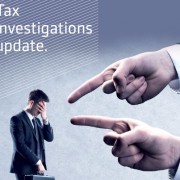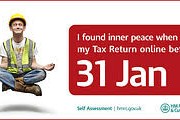Auto Enrolment pensions
Pension Automatic Enrolment is with us and the staging dates for smaller companies are on the horizon. Between 2015 and 2017, over 1 million companies will be staging, which is a staggering 51,134 companies per month.
There is a wealth of information available on the Pension Regulators website www.thepensionsregulator.gov.uk but we have summarised the key facts for you. LIRIC-Auto-Enrolment-guide.pdf
Don’t leave this until the last minute, or think “it doesn’t affect me” because any business with a PAYE reference has a duty to comply and there are serious fines for non-compliance.
If you have the correct company pension structure in place, that’s great, but if you don’t it is important that you read on.
Whether you have an existing pension scheme or not, you absolutely must ensure that you comply with the government’s pension reform regulations. Not just any old pension scheme will do… it has to follow the new rules.
Following the rules not only means that your company pension scheme has to be in line with the regulations the government have put in place, but it also means that you have a duty to explain all changes to your staff so that they are aware of the situation!
The good thing is that we are here to help with this.
If in doubt give then contact us:
- Email: enquiries@liricaccountants.com
- Phone: 01763 853633





